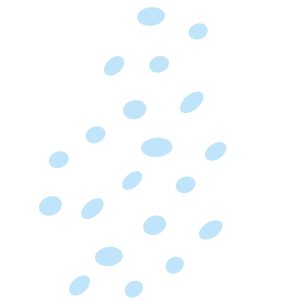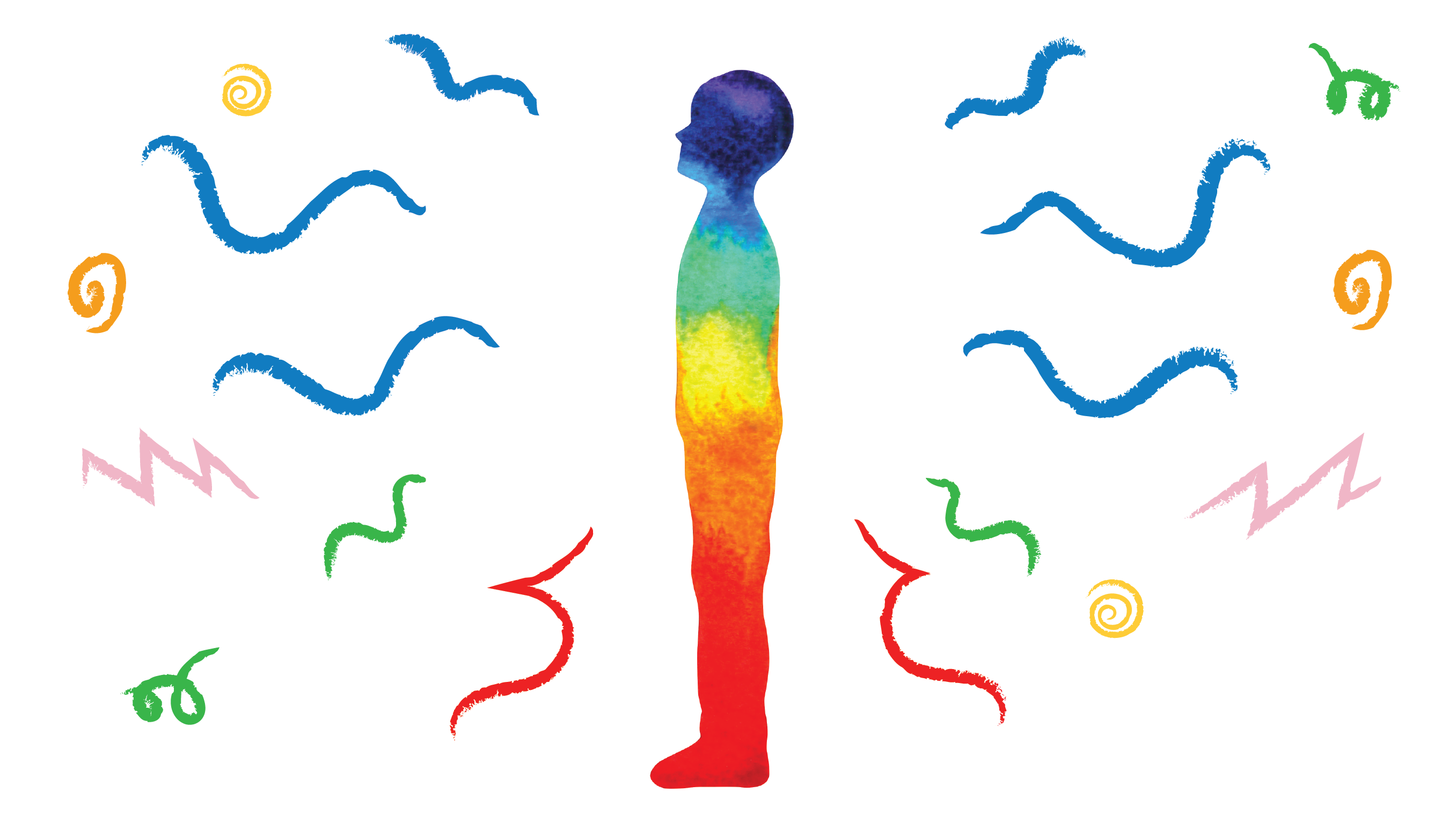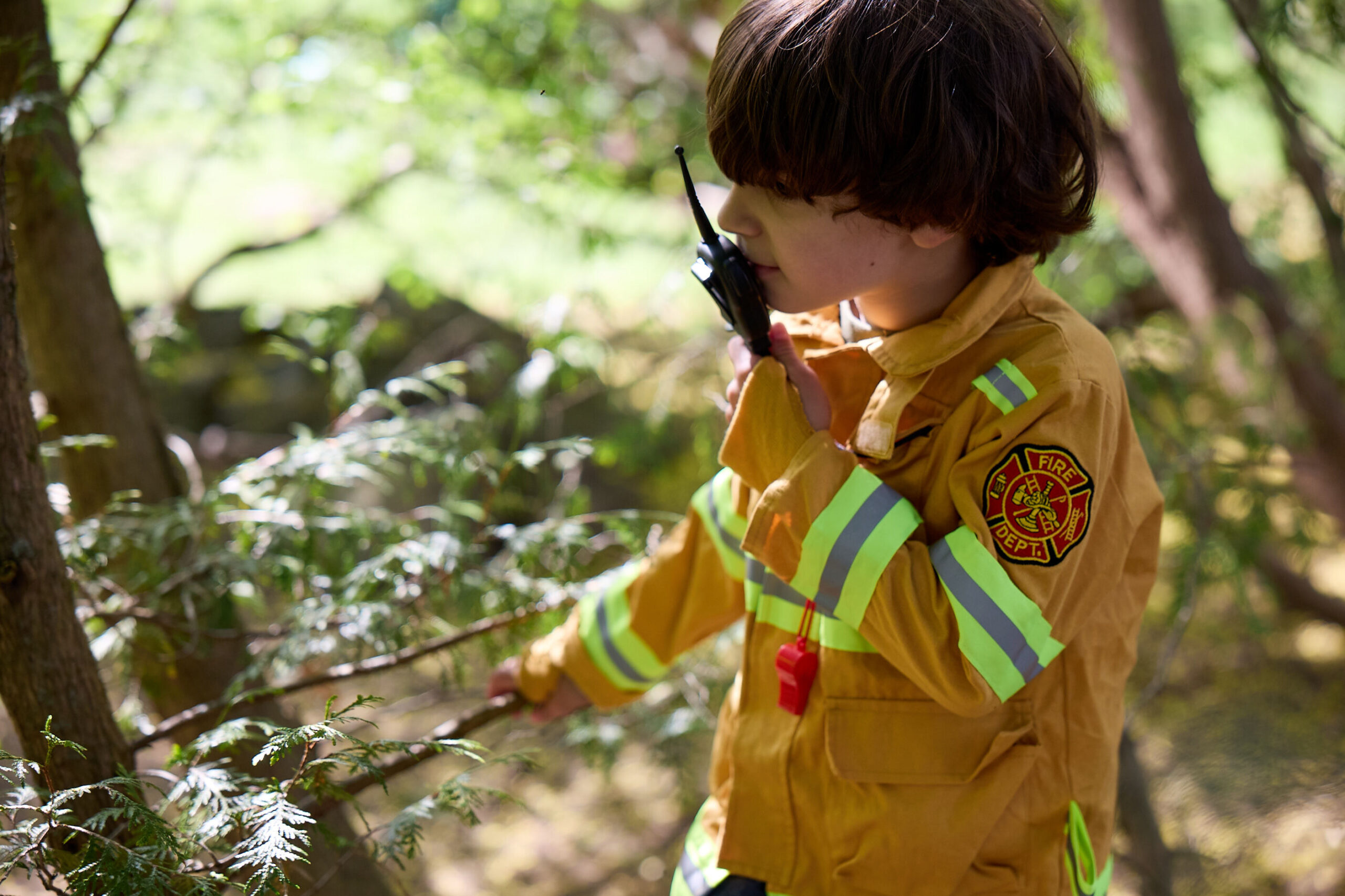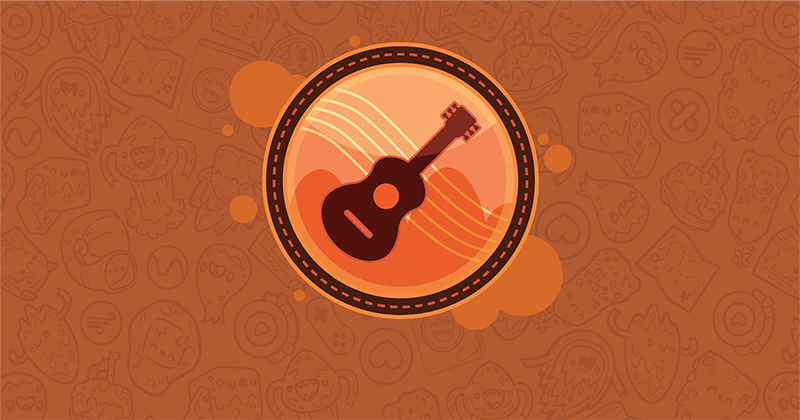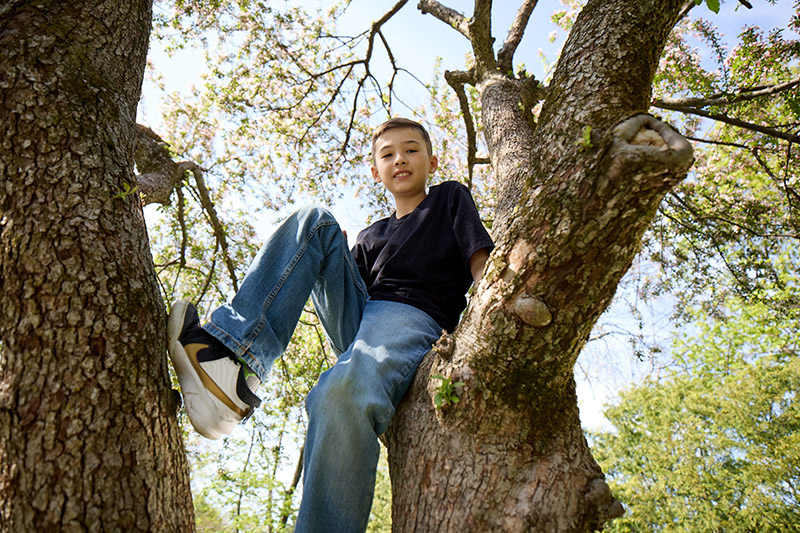
Developmental milestones can be a controversial topic. We know that every child develops uniquely, influenced by individual circumstances from both nurture and nature. Children who are neurodivergent or have a disability have even greater variability when it comes to their developmental stages. But milestones can be a helpful tool to give you information about your child. They help you understand the science behind why and how your child is changing. This information builds awareness and encourages early intervention for developmental delays and concerns.
Milestones help you distinguish between what is considered typical behavior and behaviors that need closer observation and potential intervention. It’s helpful to use developmental milestones as nuanced guidelines and not a rigid success metric. Instead of envisioning them as clearly defined steps in a staircase, visualize a ramp. All development occurs on a continuum, and gains are not made uniformly. That is the beauty of what makes us individuals.
There are four main developmental domains:
- Physical
- Language
- Cognitive
- Social-emotional
When children are babies, we are acutely aware of their milestones. Their first smile, step, and word are cherished memories. But when children get older, they start to lie, choose their friends over you, and act before they think. These are also milestones, representing incredible gains in their development, but they are more fraught and frustrating. These moments don’t usually make it into the family photo album. Taking a step back to review the milestones and normalizing what your child is going through as natural and necessary is a helpful reframe. At the same time, if you are noticing behaviors that don’t line up with typical development, it’s best to stay on top of it and add support as necessary.
Research shows that half of all mental disorders start by 14 years old, and early intervention and support improve immediate and long-term outcomes.
At Mightier, we focus on supporting children’s social-emotional development. We believe that early intervention is paramount because childhood is a critical period where children are undergoing massive changes in how they think, act, and feel. We believe that all children could use a helping hand in navigating these changes, and that’s why we created a digital intervention that blends digital gaming with evidence-based coping skills to develop lifelong emotional skills. If you are interested in learning more about how our clinically validated program can support children and families, please click here.
Here are social-emotional development milestones for children ages 5-15. The list is not exhaustive, nor universal, but it’s a helpful tool to support your child’s development.
Social Emotional Development Milestones
5-6 years
- Knows the difference between fantasy and reality
- Enjoys praise and being the center of attention
- Understands rules, but testing limits
- Chooses and makes friends
- Temper tantrums are less common
- Uses words to express emotions
- Needs support with patience
7-8 years
- Expands emotional vocabulary
- Developing empathy
- Increasing ability to perspective-take and be socially aware
- Can feel influenced by peers
- Can feel anxious about situations
- Conflicts with friends and concerned about their reactions
- Friends with children who are usually the same gender
9-10 years
- Has strong opinions and can be stubborn
- Can experience stronger pressure from peers
- Recognizes socially appropriate behavior
- Becomes close with a few friends
- Experiences mood swings
- Feels loyalty towards friends and friend groups
- Prefers independence to family time
11-15 years
- Mood is strongly impacted by hormones
- Logical thinking
- Identity exploration
- Developing personal values
- Developing persistence
- Explores rules to see if they are fair
- Compares themselves to others
- Aware of body and body image
- Can show a rebellious streak
- Impulsive, rash decisions
- Eager for acceptance
- Varying self-esteem and feelings of self-worth



